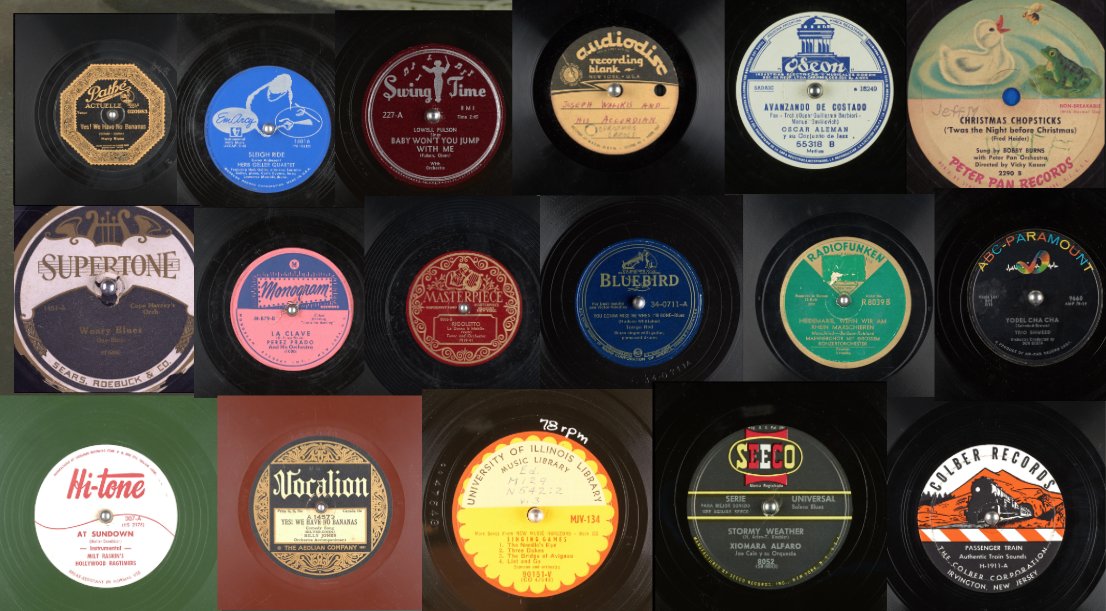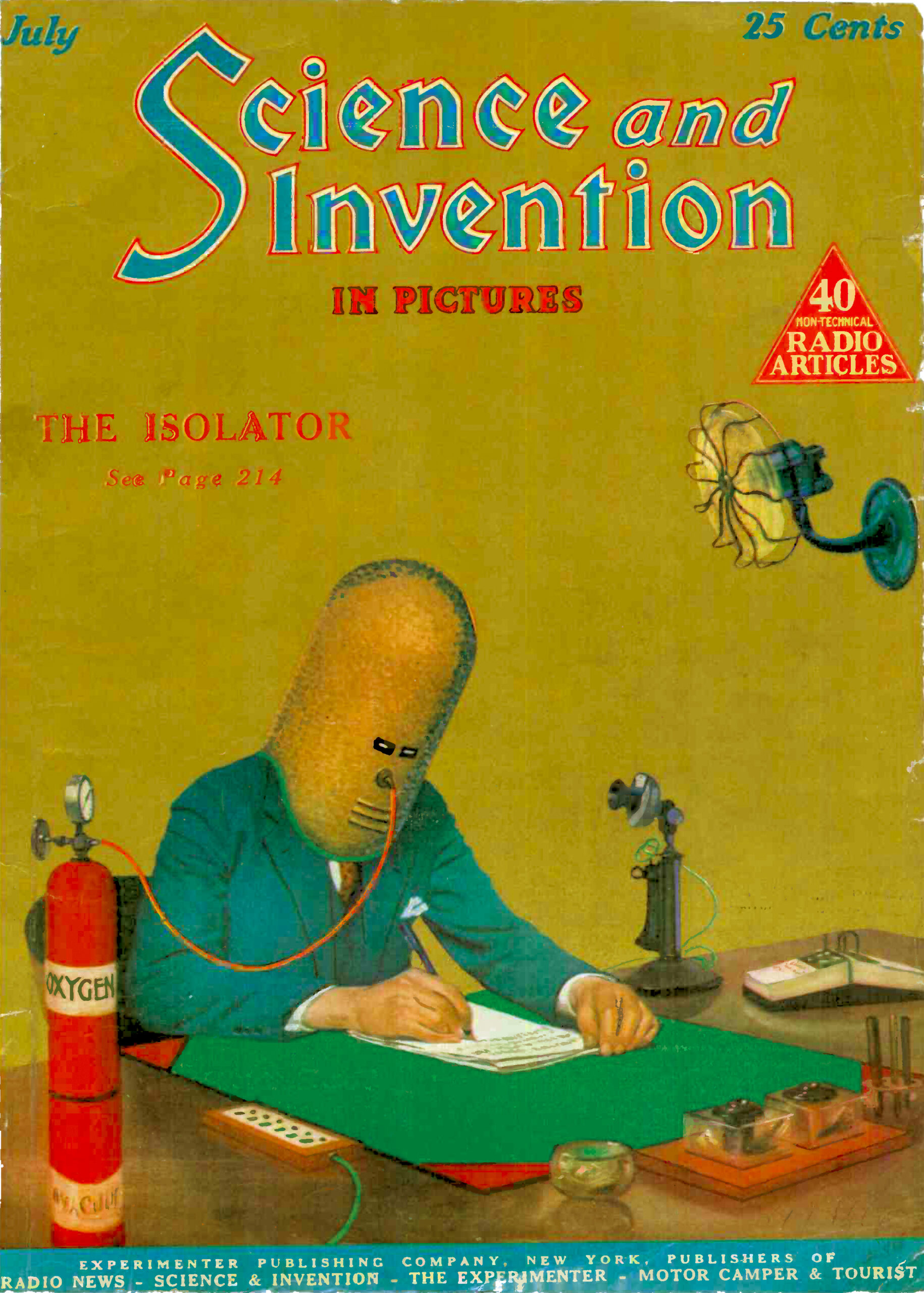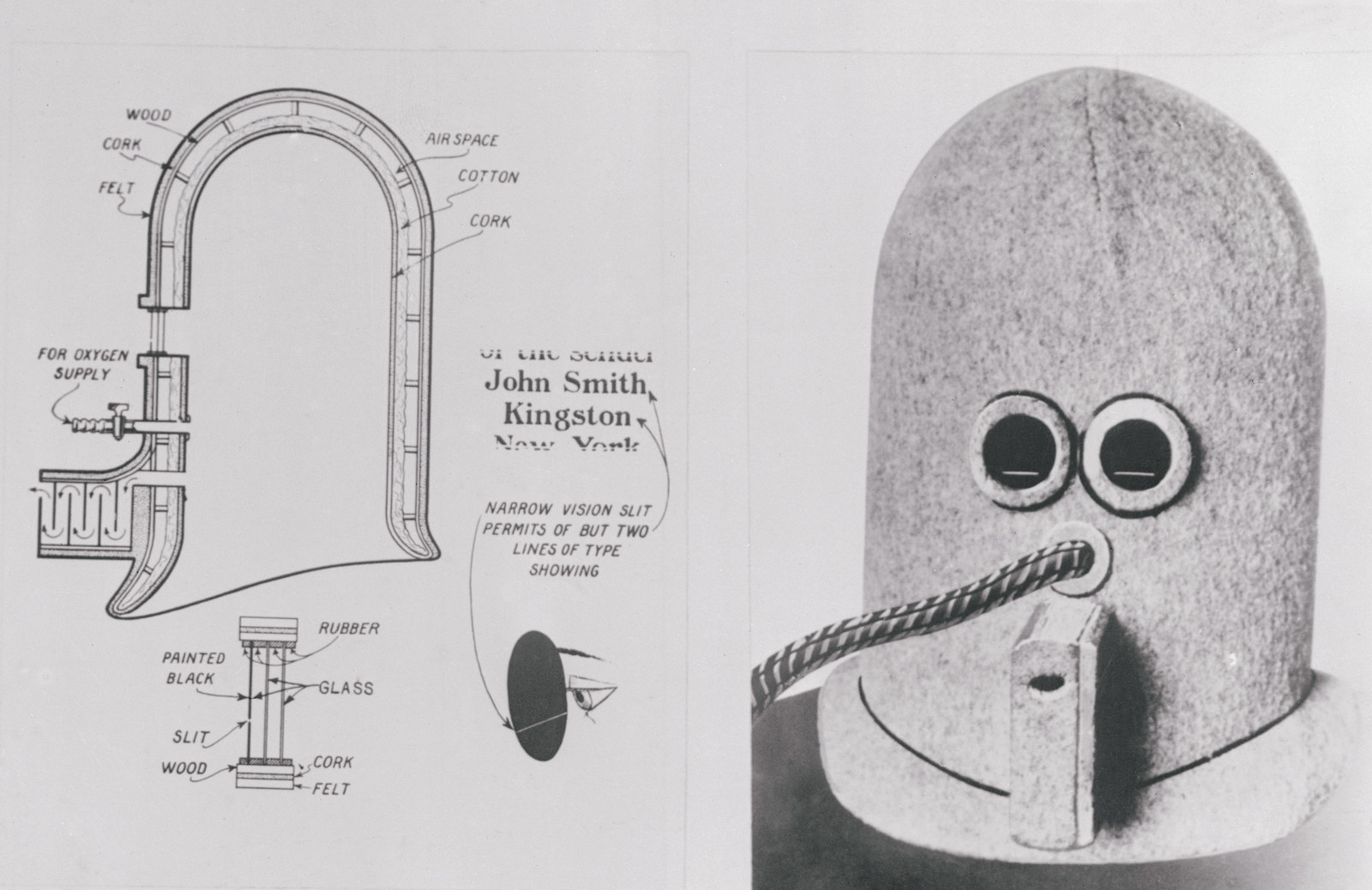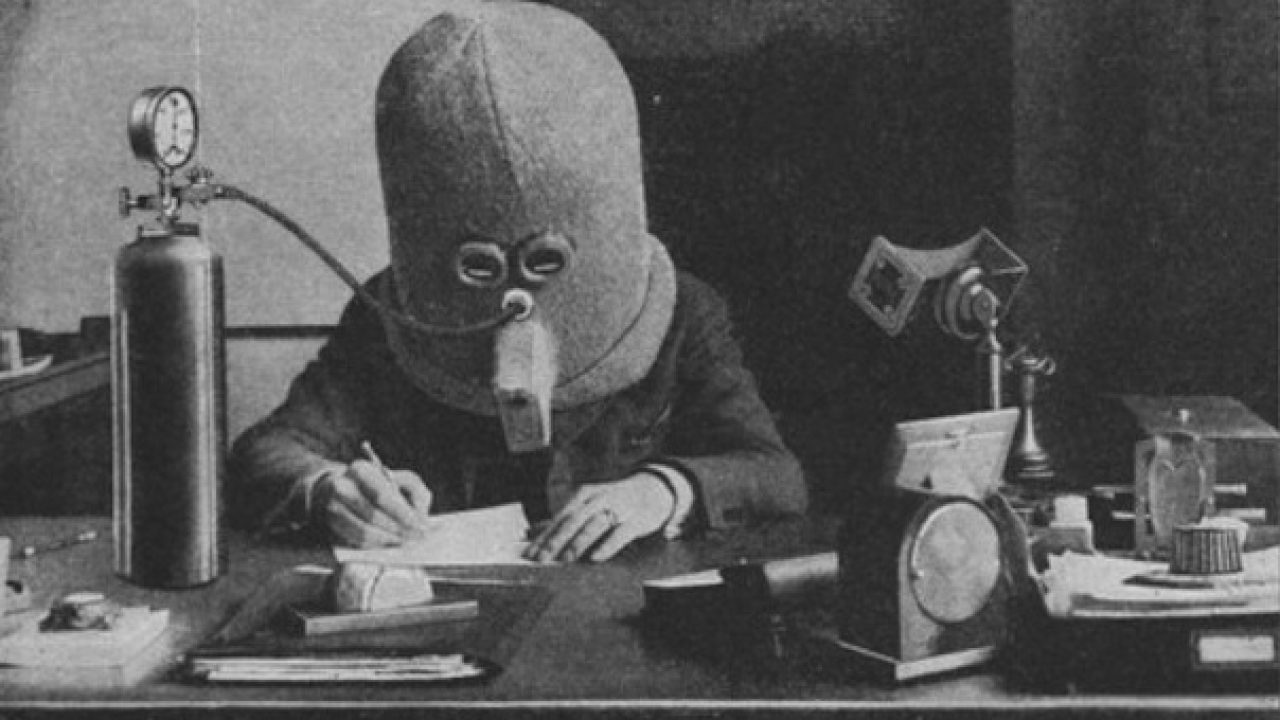“Oh, would some Power give us the gift / To see ourselves as others see us!” wrote poet Robert Burns. “It would from many a blunder free us, And foolish notion.” I cannot vouch for a being blunder-free, but reading historical accounts of our nation from foreign visitors does help to increase our worldly perspective, and hopefully question what often we take for granted. The 19th century was a particularly ripe time for the narratives, as oceanic commerce (and on its tail tourism) was making the world smaller than ever before.
The YouTube channel Voices of the Past has been bringing a lot of these stories to life over the last few years, with new translations of foreign texts, dramatic readings, and thoughtful image presentations to reveal the world to us as new and wondrous as it was to the original writers. The video above and the one below take us on trips to the United States and Great Britain by some of the first ever Japanese travelers to step onto Western soil.
For over 200 years, 1600 — 1868, Japan had remained isolated from much of the world, a time known as the Edo Period (named after the capitol) or the Tokugawa Period (named after the shogunate). Within this hothouse, it developed much of the traditional culture that we know today—the tea ceremony, haiku, woodblock prints—and the capital Edo (now Tokyo) grew from a fishing village to a major city. When Commodore Matthew C. Perry landed in 1853 to get Japan to open up to trading, the country knew its time in isolation was at an end. The technology they saw on the American ships was advanced enough they knew they’d have to catch up or be dominated.
Both videos concern Fukuzawa Yukichi, one of the founders of modern Japan. An author, journalist, founder of Keio University, and creator of the first English-Japanese dictionary, he was also a main proponent of modern reform. (He’s also the face on Japan’s 10,000 yen note).
In Fukuzawa’s retelling, you can hear how his encounters with Dutch and English tradesmen made him insatiably curious to learn the language he could not understand. After the Japanese government bought a ship from the Dutch, naming it the Kanrin Maru, Fukuzawa and a crew of 96 men (a minority being American), landed in San Francisco in 1860, the first Japanese diplomatic mission to America. Technically they did not stay in San Francisco, but in a naval hotel on Mare Island, 23 miles north east of the city. Fukuzawa takes note of the abundance of carpet and rugs in many of the official buildings—such fabric was so expensive in Japan that he had only seen it used as handbags and such—and the American desire to walk on it with their street shoes. Even more amazing: ice cubes. He also notes something that hasn’t changed since his time: the amount of waste in the streets, and the high cost of goods in California.
Fukuzawa likens his experience—warm hospitality mixed with his own embarrassment of an unfamiliarity with foreign mores—with the “shy, self-conscious blushing bride.”
The most important purchase Fukuzawa made on his trip was a Webster’s Dictionary, which would help him write his own English-Japanese version when he returned. Two years after his American trip, he once again set out on a diplomatic mission, this time to Europe. He and his co-patriots would be away from Japan for a whole year, taking in France, the United Kingdom, the Netherlands, Prussia, Russia, and Portugal. This trip is different in its awareness of politics. Mention is made of Napoleon III (well admired) and the rise of Prussia. He is suitably baffled by Britain’s Parliament (as are most Americans these days watching it on CSPAN), but comes away with a strong conviction in independent thought and democracy that would begin to change Japan through his influence.
We have mentioned Voices of the Past previously, and you can find all sort of accounts of early international travelers. Fukuzawa’s accounts are some of the best, as his down-to-earth voice feels less foreign than the English speakers he meets.
Related Posts:
A Beautiful New Book of Japanese Woodblock Prints: A Visual History of 200 Japanese Masterpieces Created Between 1680 and 1938
A Japanese Illustrated History of America (1861): Features George Washington Punching Tigers, John
Adams Slaying Snakes & Other Fantastic Scenes
The Entire History of Japan in 9 Quirky Minutes
Ted Mills is a freelance writer on the arts who currently hosts the Notes from the Shed podcast and is the producer of KCRW’s Curious Coast. You can also follow him on Twitter at @tedmills, and/or watch his films here.






